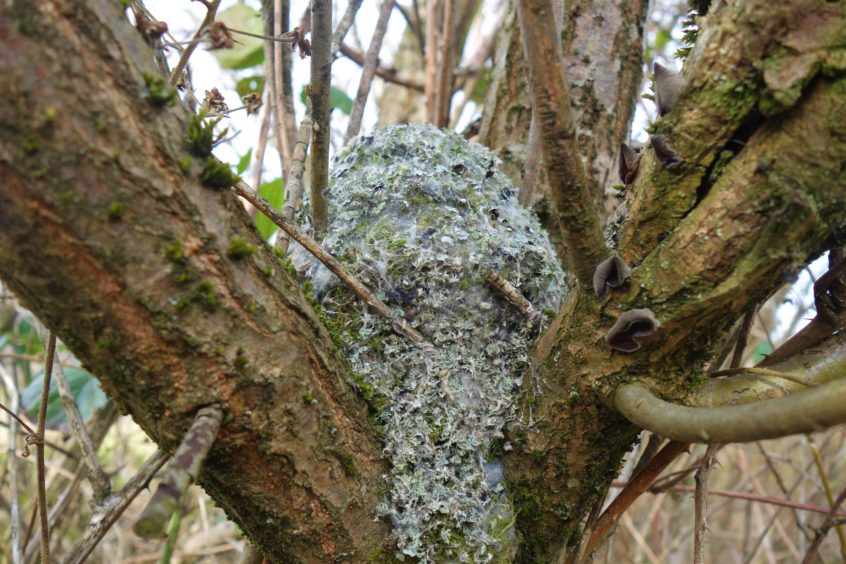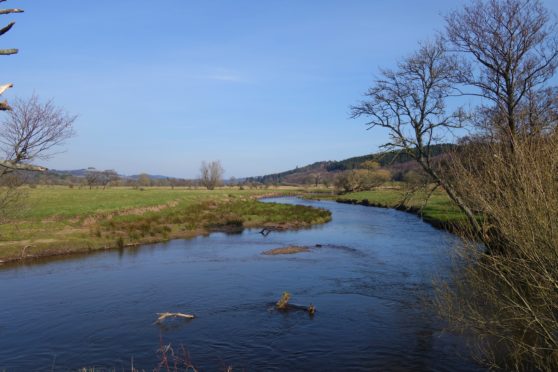A spring dawn-frosted morning on the River Devon just a couple of days before the coronavirus lockdown; still air, azure sky and sunbeams brimming over the rolling horizon, spilling forth a myriad of sparkling rays.
Nature is so inspiring, life-giving and powerful in every way, and here by the river it was unfurling its beauty in such a spell-binding manner that tears welled-up in my eyes. Of course, my emotions were partly stirred by the challenges we are all facing, but in a strange way that was a positive, focusing the mind on what a wonderful world we live in.
It also brought thoughts swirling across my consciousness on how my perception of the natural world has changed over time. When I was younger my brain was more scientific in manner; nature being something to research and study.
Why does a fox do this, or a lizard that? Such an approach is, of course, important, because the more we know about nature, then the better we can protect it. But as the years have passed, my mind has also become more reflective; rather than knowing why, for me, much better to enjoy.
I wandered down to my favourite part of the river. There were signs of spring everywhere: singing birds, frog spawn in a nearby frozen-mirrored pool, and silver-furred catkins adorning the riverside willows.
On the top of a high alder, a song thrush, with his pale-speckled breast catching the soft sunlight, sang his little heart out, a sweet melody of ringing notes, so true and sweet. Not to be outdone, down in among the tangled roots of a riverside alder, a diminutive wren shivered in the sheer passion of delivering his magical music.

In the distance by the flood meadow, the wonderful liquid trilling of a curlew drifted across the breeze – such a beautiful and haunting sound. Nature was busy at work, and it felt good.
Then, something remarkable happened. It was just a glimmer, a chance discovery and no more than that: a smooth mossy dome in the fork of an elder. I could have walked past it a thousand times and not seen it, such was the way it seamlessly blended with the branches. This domed marvel was the nest of a long-tailed tit – an intricate engineering masterpiece woven from moss, lichen and cobwebs, and lined with hundreds of feathers to keep it snug.
Inside, a female long tailed tit, with her tail kinked over her back, was incubating her clutch of eggs, safely cocooned in her near-invisible nest.
Nearby, and out of sight in bramble thickets and hedgerow tangles, blackbirds, song thrushes and other birds would also be sitting on their own nests, nurturing and providing warmth for their fragile eggs.
Such imagery was wonderfully heart-lifting; a whole new generation was on the cusp of hatching, bringing new vibrancy and wonder to our everyday lives.
Info
The nest of a long-tailed tit can be lined with as many as 1,500 feathers to make it soft and warm for the eight to twelve eggs it lays. The domed nest has a small entrance hole near the top.










